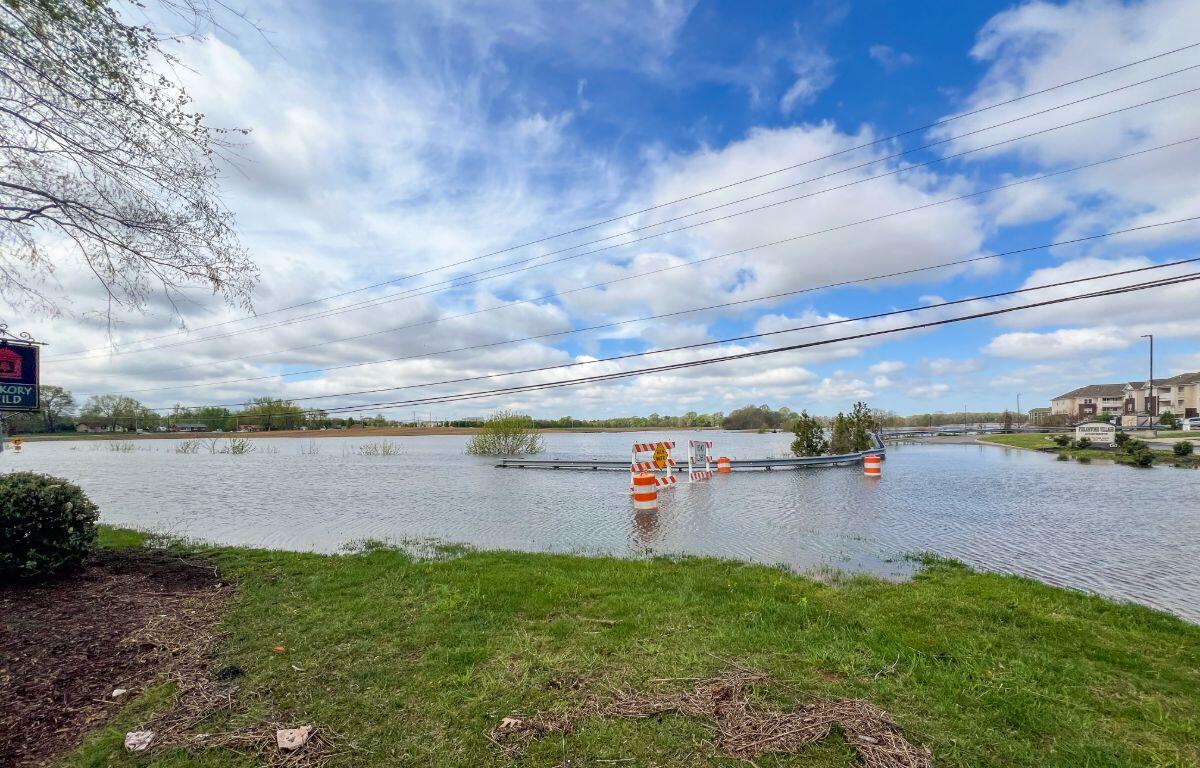Clarksville Now publishes opinion pieces representing both sides of a variety of topics. Opinions presented do not necessarily reflect those of the newsroom or management. To join the conversation, email your opinion piece to news@clarksvillenow.com.
Contributed commentary by Miyo Kachi:
As Clarksville residents, we’ve all seen the toll that this year’s record-breaking rainfall has taken on our city. From flooded roads and overwhelmed creeks to families forced to evacuate their homes, it’s clear we need long-term solutions to reduce the risk of flooding in our community.
While we can’t control how much rain falls, we can influence how well our land absorbs and manages that water—and one of the most powerful tools at our disposal is something we often take for granted: trees.
Flooding happens when water overwhelms the ground’s ability to absorb it. Trees and vegetation play a critical role in increasing that absorption. Their roots take in water from the soil, and through transpiration, release it into the air—literally pumping moisture from the ground back into the atmosphere. A single mature oak tree can move up to 40,000 gallons of water each year. Tulip poplars, which are native to Tennessee and thrive in our region, can move even more. These trees don’t just manage water—they stabilize soil, prevent erosion, and reduce the risk of sinkholes, which are especially common here due to our karst limestone terrain.
| MORE: Farmington faces more than flooding: Sewage backup and massive sinkhole plague neighborhood
In Clarksville, where many neighborhoods are built near creeks, wetlands, and other sensitive areas, native trees aren’t just scenic—they’re essential infrastructure. As our city continues to grow, we must be careful not to remove these natural assets without a plan to replace them.
Let’s make sure our city’s development doesn’t come at the cost of its resilience. We owe it to ourselves, and future generations, to protect and plant trees—especially native species that are best adapted to our environment. If we want Clarksville to continue thriving in the face of stronger storms and more unpredictable weather, let’s work together to build a community that respects and incorporates nature—not one that tries to pave over it.
Miyo Kachi
| MORE: Over 220 homes damaged, local State of Emergency declared | VIDEO, PHOTOS


